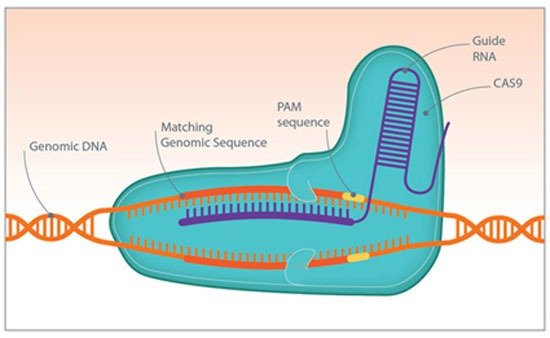
Last February, the British parliament passed a law approving corrective genetic interventions in egg DNA, using DNA segments from another woman’s eggs. The birth of children from “three parents” (the term “parent” is rather misused here, but genetically correct) was considered the right approach to address genetic abnormalities (in embryos) transmitted from the mother’s DNA. The method involves replacing “problematic” segments of maternal DNA with corresponding functional segments from donor DNA.
Gene editing techniques (crispr) have developed impressively in recent years, and although the English decision (the first in the world) was made for medical reasons in the traditional sense of the word “medicine”, the temptations of reconstructing the dna of various organisms are very great. All this while the “linear” correspondence of dna base sequences with specific functions, characteristics or even symptoms remains generally unclear (and often disputed).
To the extent that many related experiments are conducted in laboratories, the failures remain unknown, “an internal matter of techno-scientific progress.” We assume that successes will be announced as “miracles” – and, from biotechnological “miracle” to biotechnological “miracle,” the world’s life will depend more and more on technicians.
